How to Make $1 Million Last 30 Years in Retirement

A million dollars might sound like a lot, and it is. But when you stretch that amount over 30 years of retirement, factoring in everyday expenses, inflation, and unexpected emergencies, it can start to feel a lot smaller. Without careful planning, you could find yourself running out of money when you need it most. That is why it is so important to think ahead.
Working with a financial advisor can help you build a personalized strategy to make your retirement savings last. This article will also walk you through some practical ways to help your million dollars last at least 30 years in retirement.
How to retire with 1 million and make it last?
1. Purchase an annuity plan with a 30-year tenure
If you have a million dollars for retirement, you can consider buying an annuity plan to make your money last at least 30 years. An annuity plan is essentially a contract between you and an insurance company. You hand over a lump sum of $1 million to the company, and in return, you will receive a steady stream of income. These payments can be given to you monthly, quarterly, or yearly but will last you for a specific period or for the rest of your life. An annuity plan ensures that you do not risk outliving your savings. For instance, if you are 60 years old and you buy a $1 million annuity that starts paying out at age 65, you could receive a steady income every month for the next 30 years.
Annuities offer a guaranteed income regardless of how long you live or what the markets are doing. They are predictable and provide you with regular money in your retirement to cover essential expenses like groceries, healthcare, housing, travel, and more. Additionally, annuity plans grow tax-deferred, so you do not have to pay taxes on the earnings until you start receiving your money. This further allows your money to grow over time.
However, annuities can have some drawbacks, the most evident one being high fees. Insurance companies may charge high fees that can lower the value of your monthly payments. Additionally, annuity contracts can be complex to understand. Annuities follow a strict structure where your money is locked. You can generally not access a large or lump sum in case of an emergency. In most cases, early withdrawals incur penalties. Annuities may also not adjust for inflation, so your purchasing power may decline over the years.
Still, annuities can help you turn your retirement fund of $1 million into lifelong income. Having said that, you must compare different annuity products and talk to a trusted financial advisor before purchasing a plan. Doing so will help ensure you select a suitable plan that caters to your needs.
2. Plan for the obvious costs like healthcare
Planning for obvious costs like healthcare is essential to make sure your $1 million retirement fund lasts. Healthcare expenses can rapidly eat away at your savings. According to recent estimates, a healthy 65-year-old man who retired in 2024 and has a Medicare Advantage Part D (MAPD) plan may spend around $128,000 on healthcare over his remaining lifetime. For women, who generally live longer, the estimate is higher at approximately $147,000. This is why it is essential to factor healthcare into your retirement strategy from day one. This can protect your million-dollar nest egg from being spent on healthcare and ensure you have some room for other needs.
If you retire before you are eligible for Medicare at age 65, your expenses can increase dramatically. For example, if you stop working at 60 instead of 65, reports suggest that you might pay up to 56% more in healthcare costs if you opt for Original Medicare, Medigap (Plan G), and Part D. If you would have otherwise chosen a Medicare Advantage plan, the increase could be closer to 89%. This can translate to thousands of dollars that could otherwise support your lifestyle.
It is vital to plan ahead for these costs to protect your retirement savings. This can be done by setting aside a portion of your $1 million specifically for medical expenses. You could also consider investing in a Health Savings Account (HSA) before you retire or choosing insurance products that offer long-term care coverage. Addressing your future healthcare expenses proactively can help you reduce the risk of unpleasant surprises later in retirement and ensure that your $1 million is at your disposal.
3. Use a high-yield savings account
Using a high-yield savings account is another smart way to stretch your $1 million retirement fund and help it last 30 years or more. These accounts offer significantly higher interest rates than traditional savings or checking accounts, sometimes as much as 4.5% or more. Compared to the national average savings rate of just 0.46%, this is a massive upgrade and can make a real difference in helping you preserve your purchasing power over time, especially in the face of inflation.
High-yield savings accounts are generally low-risk because they are federally insured for up to $250,000 per account holder, per institution. So, if your bank defaults, your money is still protected. This feature makes these accounts a safe place to park a portion of your retirement funds without being hassled by market fluctuations. They also provide liquidity and allow you to access your money relatively easily for unexpected expenses. This makes them ideal for maintaining an emergency fund during retirement. In retirement, low-risk and liquidity can both be extremely important, and a high-yield savings account can offer both. These accounts can also provide a way to earn passive income without taking on the volatility of the stock market. The interest earned may not help you substantially grow your $1 million retirement fund, but it does add up over time and can help you maintain your financial cushion.
However, you must evaluate a few factors before opening a high-yield savings account. Firstly, it is important to check whether the interest rate is a standard rate or a promotional introductory rate. In some cases, banks may offer promotional rates that may seem high at first but can drop after a few months, leading to lower returns in the long run. Some banks may also charge maintenance or withdrawal fees, which could lower your interest earnings if you are not careful. So, make sure you understand how these factors actually play out in the long run. It is also important to understand that a high-yield savings account is not a complete retirement strategy. Nevertheless, it can play an important role in helping you preserve your funds. It ensures that you keep earning some investment income on your 1 million nest egg and that your money is safe and accessible whenever you need it.
4. Have a budget in place for different phases of retirement
Having a budget in place for different phases of retirement can help you preserve your $1 million nest egg and ensure your money is used wisely. Retirement can consist of various stages that require different financial strategies. That is why it is important to not only create a budget, but also to understand how your spending habits and needs are likely to change over time.
When you first retire, you will likely spend more. You could travel more, pursue new hobbies, and socialize frequently with friends and family. This can increase your monthly expenditure. So, you must plan for this phase and consider how much of your $1 million will be allocated to cover these lifestyle expenses. You might want to budget aggressively for the first 10 years since the early years of retirement are when you will be the most active and eager to spend.
After the first decade, the nature of your spending will likely change. As you enter the next phase of retirement, your health may begin to deteriorate, and you may not travel or socialize as much. During this phase, you may not actively spend on your wants but your essential expenses such as housing, utilities, and food will still continue. Moreover, your healthcare costs are likely to rise, especially as you move beyond the age of 75. It is wise to adjust your budget to ensure that you have enough funds for these increased healthcare needs, including insurance premiums, prescription medications, etc.
The next 7 to 10 years may require fewer funds for daily living but more for healthcare. As you approach the final stage of retirement, the costs can again increase. In particular, long-term care expenses, such as nursing home care or in-home assistance, could significantly impact your budget. According to the U.S. Department of Health and Human Services, nearly 70% of people over the age of 65 will require some form of long-term care during their lifetime, which can be incredibly expensive. Preparing for this stage by budgeting for long-term care will help ensure that you are not caught off guard.
In short, do not spend all your money during the early phases of retirement and ensure that you are budgeting for each stage of retirement. This includes the active years of travel and socializing to the quieter years when your health and long-term care costs could rise.
5. Buy insurance to cover unexpected expenses that can derail your plan
Insurance is a protection tool that protects your retirement plan. With insurance, you do not have to spend your own money on unplanned eventualities, thus ensuring your $1 million nest egg lasts. Unexpected costs, such as home repairs due to natural disasters, car accidents, or other unforeseen emergencies, can arise at any moment. Without adequate insurance, you might find yourself depleting your savings to cover these expenses and exhaust your million-dollar retirement plan sooner than expected.
However, it is important to be sensible when purchasing insurance. While it is crucial to have coverage for unexpected events, over-insuring yourself or buying unnecessary policies could lead to higher premiums, which would reduce the funds available for other essential needs. For example, if you purchase excessive coverage for your car or home, you may end up paying premiums every month, adding to your recurring expenses. Therefore, take a closer look at your assets and retirement needs before making any insurance decisions. Consider if you really need comprehensive insurance for everything or if you could adjust your coverage to be more in line with your actual needs. It is important to prioritize policies that cover the most likely risks, such as health insurance, homeowner's insurance, jewelry insurance, and auto insurance while being mindful of the premiums you pay. This way, you can ensure that your insurance provides protection without draining your retirement savings.
6. Do not carry debt into retirement
Carrying debt into retirement is a surefire way to compromise your financial security. When you have high debt liabilities, a significant portion of your retirement fund will end up going toward repayments and interest rather than your daily needs and lifestyle. The longer you carry debt, the more interest you end up paying. Over time, you may find that instead of enjoying your retirement, you are spending all your money on paying off something that could have been settled earlier. Being debt-free can give you more control over your money and focus your funds on the things that truly matter. It also removes the emotional burden and stress that often come with outstanding loans.
Ideally, you should aim to be debt-free by the time you retire. This includes home loans, car loans, and even credit card bills, if possible. If clearing everything does not seem doable before retirement, you can work with a financial advisor to develop a payoff strategy. They can help you prioritize which debts to tackle first and create a plan that fits within your retirement budget. You can also consider extending your working years until your debts are paid.
To conclude
While concerns like inflation and unexpected emergencies can make your $1 million retirement fund feel less secure, the right planning can go a long way in making it last. Adopting basic yet effective strategies, such as purchasing an annuity, using high-yield savings accounts, budgeting for different retirement phases, planning for healthcare, and avoiding debt, can help you stretch your savings and maintain financial peace of mind. Working with a financial advisor who can help you tailor your plan to your lifestyle, needs, and goals is also wise.
Use the free advisor match tool to get matched with seasoned financial advisors who can help create a personalized plan to make your million-dollar nest egg last 30 years in retirement. Answer a few simple questions and get matched with 2 to 3 vetted financial advisors based on your requirements.







.jpg)

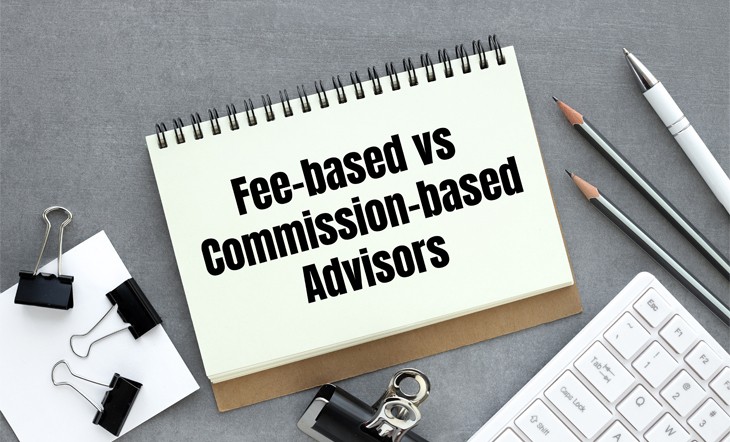










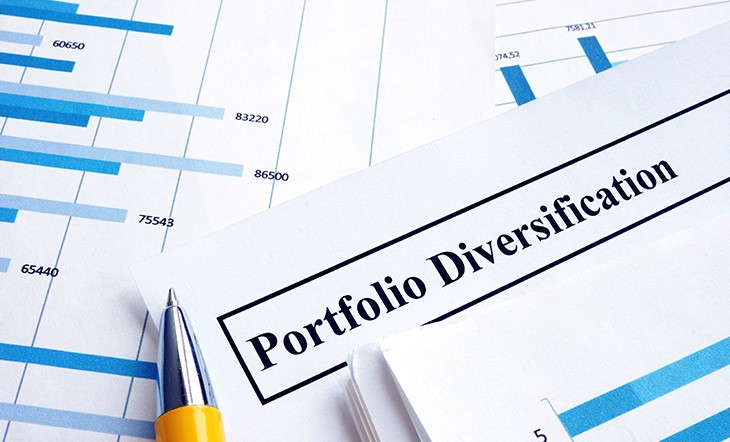
.jpg)
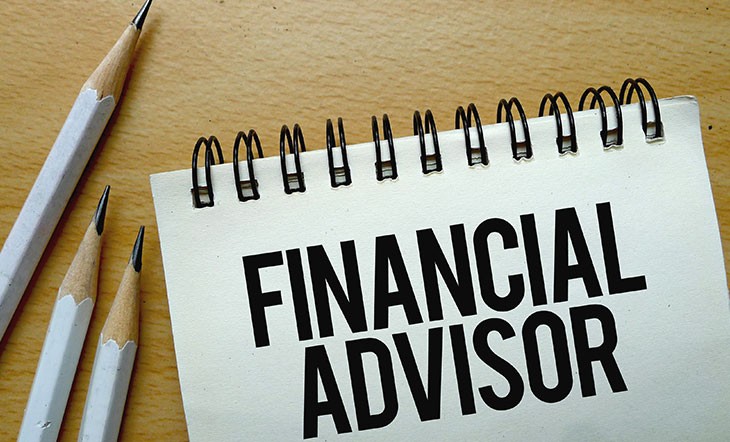




.jpg)


.jpg)


.jpg)

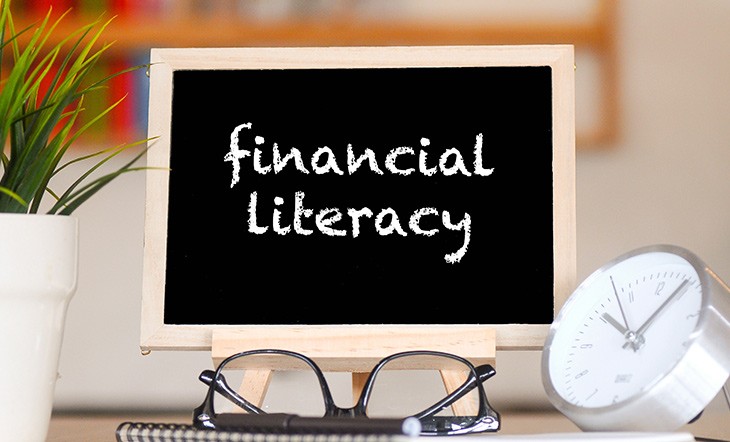








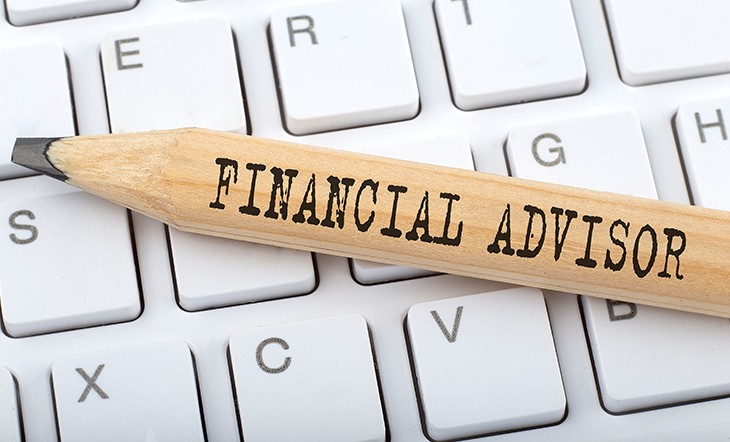



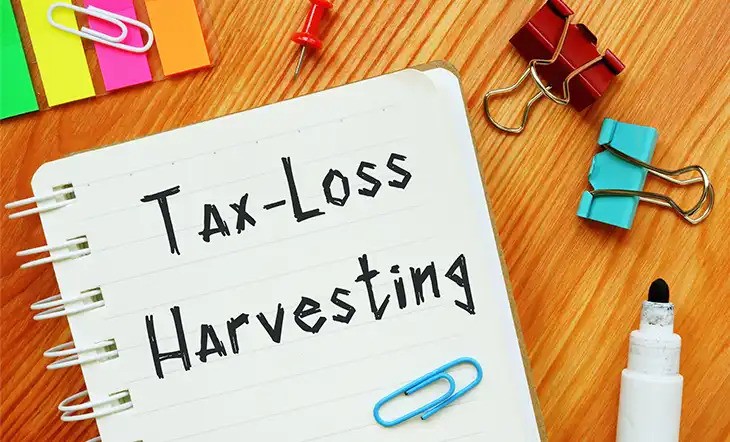
.jpg)






.jpg)



.jpg)


.jpg)

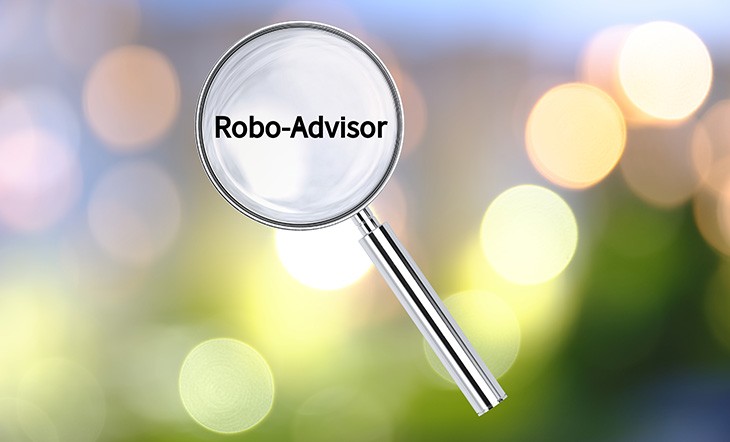



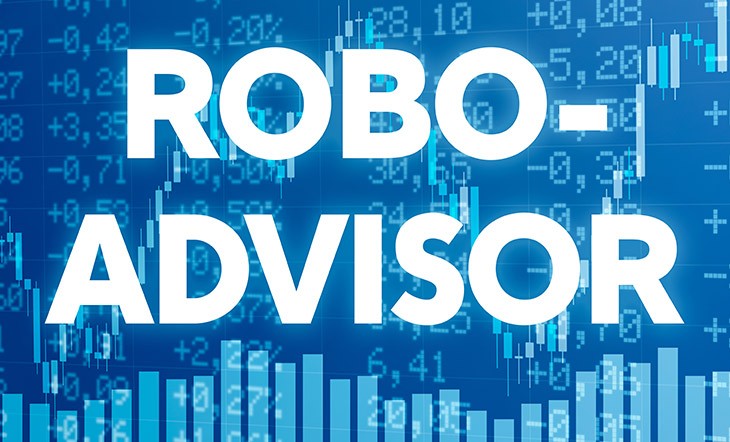
.jpg)

.jpg)






.jpg)



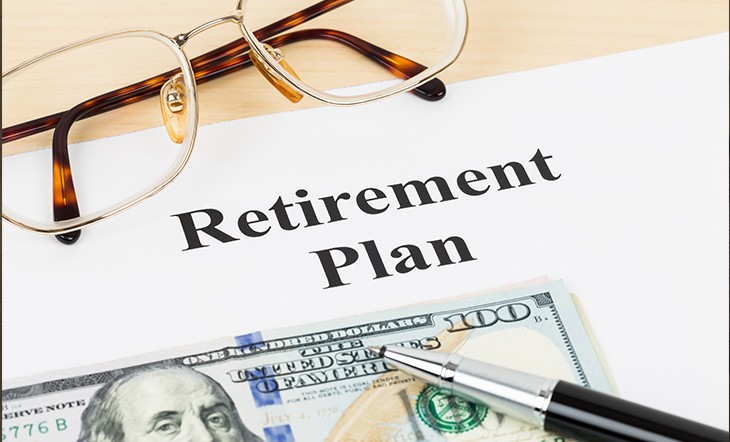
.jpg)

.jpg)


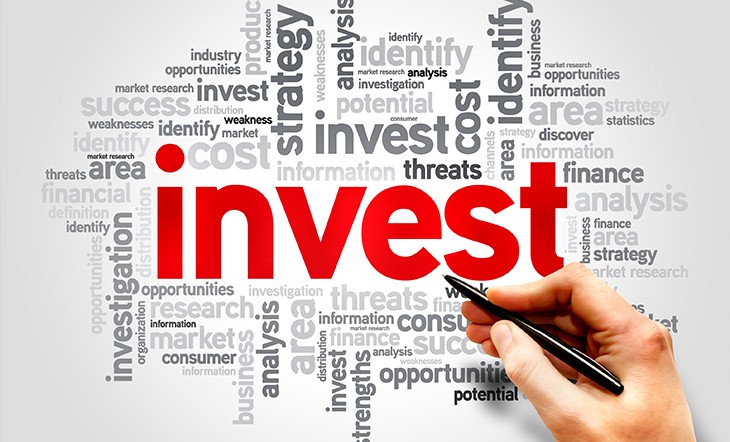
.jpg)



.jpg)


.jpg)
.png)
.jpg)





.jpg)
.jpg)

.jpg)
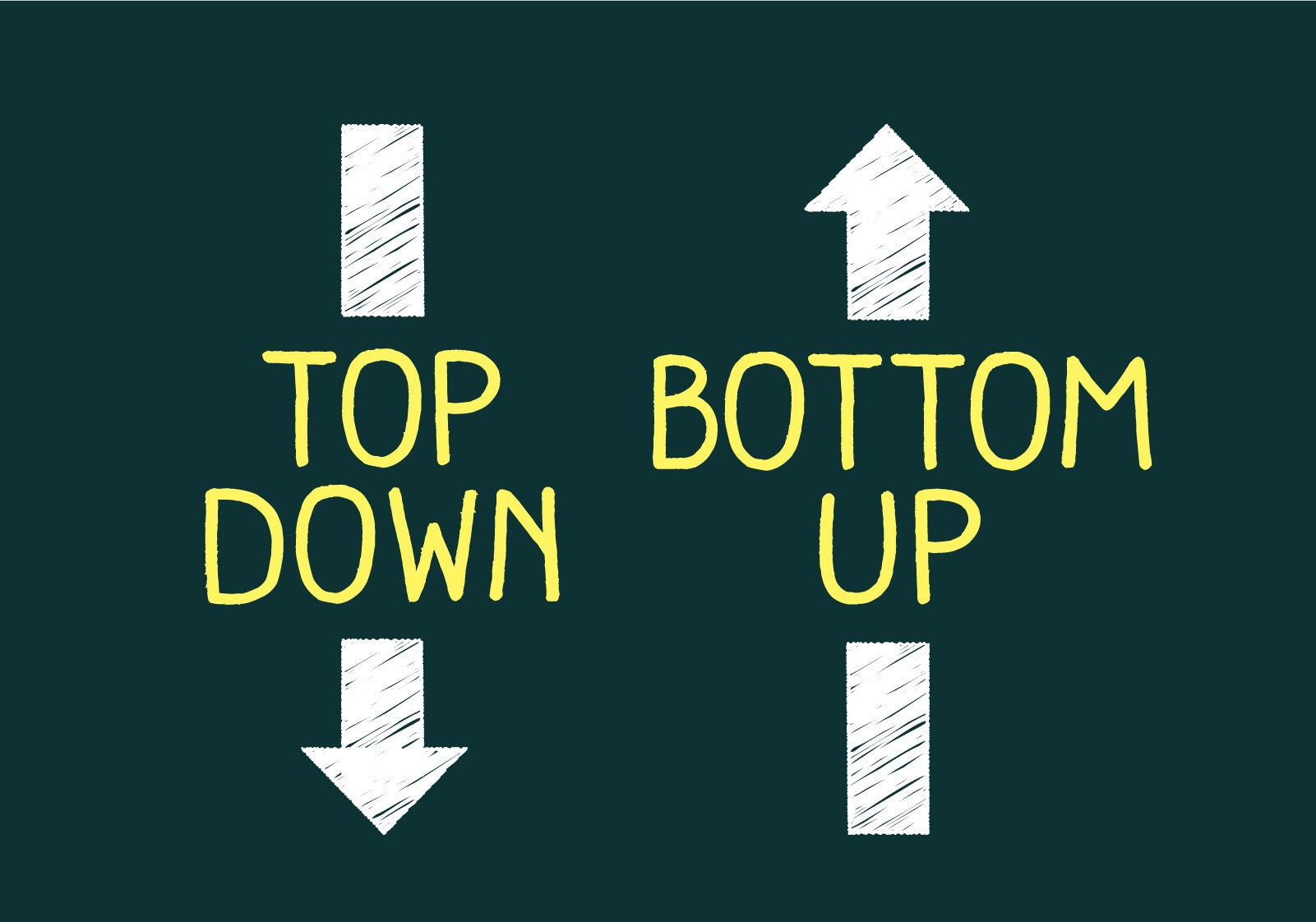


.jpg)

.jpg)

.jpg)
.jpg)
.jpg)

.jpg)

.jpg)




.jpg)


.jpg)


.jpg)
.jpg)

.jpg)
.jpg)
.jpg)
.jpg)

.jpg)

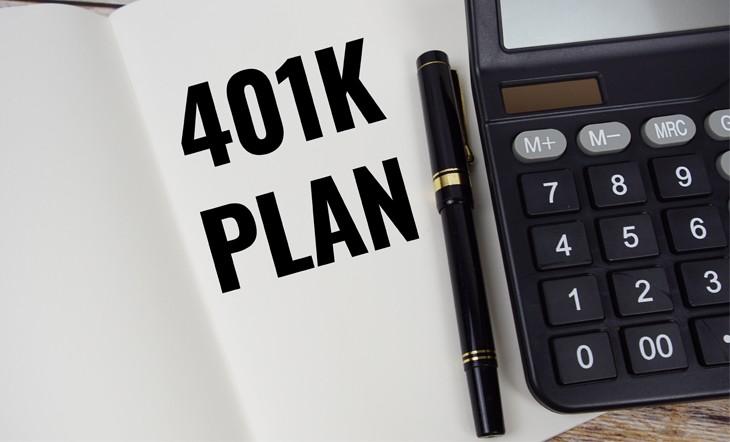


.jpg)
.jpg)


.jpg)
.jpg)
.jpg)
.jpg)

.jpg)
.jpg)














.jpg)



.jpg)


.jpg)


.jpg)











.jpg)



